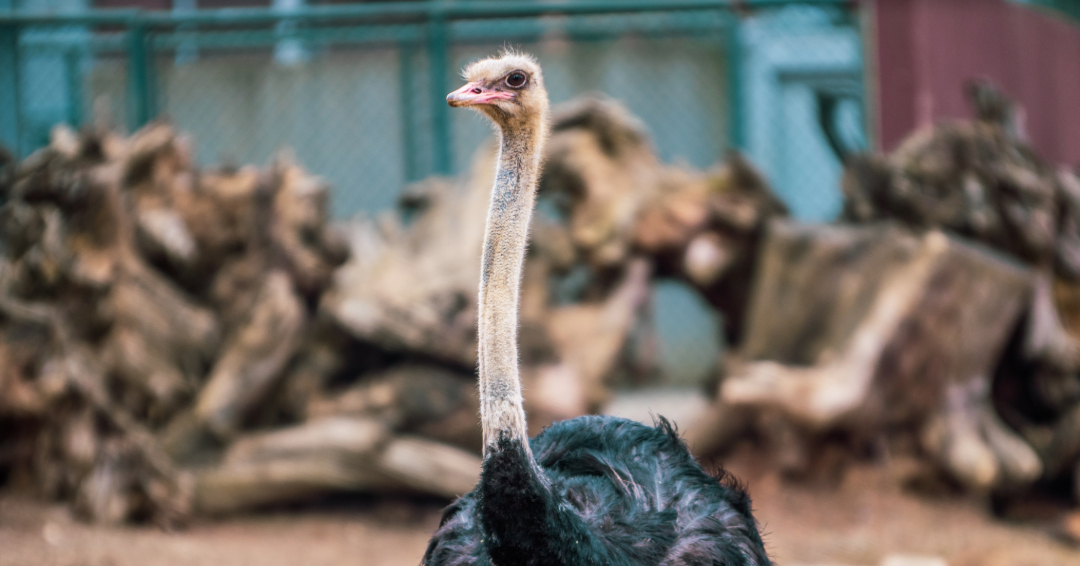The Ostrich population is declining. This species has already suffered due to the trade-in feathers and hunting in the 18th century but is now more threatened by habitat loss. However, the permission and habit of raising Ostriches in the 19th century contributed to the non-extinction of this species that was almost exterminated in the previous century. It is extinct in Libya. However, the increasing exploitation of wildlands by humans for their use and profit, such as urbanization, industry or agriculture, leads to an increasing decrease of spaces available for these birds to inhabit, thus contributing to the decrease in the number of existing individuals in Nature.
